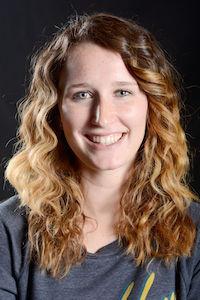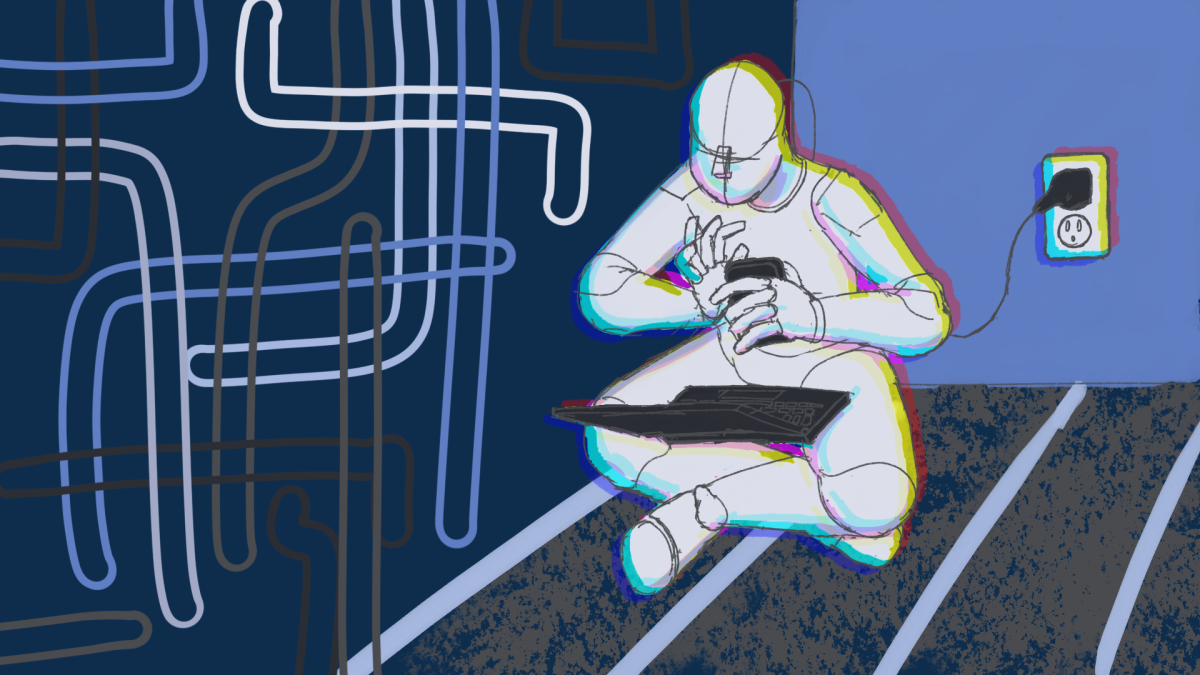In CR Denning’s column on Nov. 5, “Real change won’t come from Republicans or Democrats,” I didn’t agree it was hard to find a clear choice between candidates of each party. Denning said, “I don’t see the choice between Republican and Democrat as a real choice.” During an election season, it’s easy to forget what a candidate has previously done and how he or she voted. Candidates run on such broad platforms and make sweeping promises. If you look into their voting record or their beliefs on specific issues, a voter can begin to see a clear choice for his or her vote. There was a clear difference between Thom Tillis and Kay Hagan.
Denning said during elections candidates make “Statements so general and lofty that they have no true meaning,” which is true. But not everyone blindly follows what candidates say during their campaigns. For example, when Tillis suddenly said close to the election he’d like to expand Medicaid, it contradicted his own voting record as he had voted against expanding Medicaid. This is just one factor of the clear choice I saw. I’m sure many Republicans saw a clear choice as to why they didn’t vote for Hagan.
Denning said “If you decide you want more than vague promises from candidates who care more about those with deep pocketbooks than they do about you, next time, try a different strategy at the polls.” For change to happen, it’s going to have to go further than just voting differently next time at the polls. Sean Haugh got 3.74 percent of the vote, according to The News & Observer. Democrats and Republicans dominated the rest of the percentage and that small number Haugh got doesn’t look like a Libertarian will be elected next.
What may be the answer to the change Denning would like to see is a different election system. Columnist Matt Parker for the Los Angeles Times in “How to break the hold of the two party system” recently wrote about “ranked-choice voting.” With this system, voters pick their choice for a candidate and then rank each candidate by their preference of who they want elected. If one candidate has the most votes, that person wins, but if not, the candidate who got the least votes is taken out of the running. Then all the votes for the second choice by preference are put towards the second choice people ranked. Then the votes are recounted to find the winner.
Maybe this could be a good system and allow for more third party candidates to be taken seriously, as Denning said he’d like to see. Then this could even help lessen the partisan divide in politics between Democrats and Republicans by giving candidates of other parties a greater chance to win. Parker said Minneapolis has used this system for municipal offices and Australia has been using it since 1918. It could be worth trying.
Tillis won with 48.95 percent of the vote. Hagan got 47.14 percent and Sean Haugh got 3.74 percent according to the N&O. So Tillis didn’t even have the majority of voters, and this was the case for several other races around the country. Tillis was the clear winner of course, but wouldn’t it be interesting if we switched to the ranked-choice system? It could completely change how our elections are conducted. It may be a longer process, but it could more accurately represent the majority.
I’m glad that Denning, despite not associating with Republicans or Democrats, wasn’t disconcerted enough to not vote. Getting fed up with bipartisanship is a reason many people are turned away from voting. There’s definitely ways our elections can be improved and maybe one day, we’ll have a ranked-choice voting system or one similar that could help candidates elected better represent a majority.





